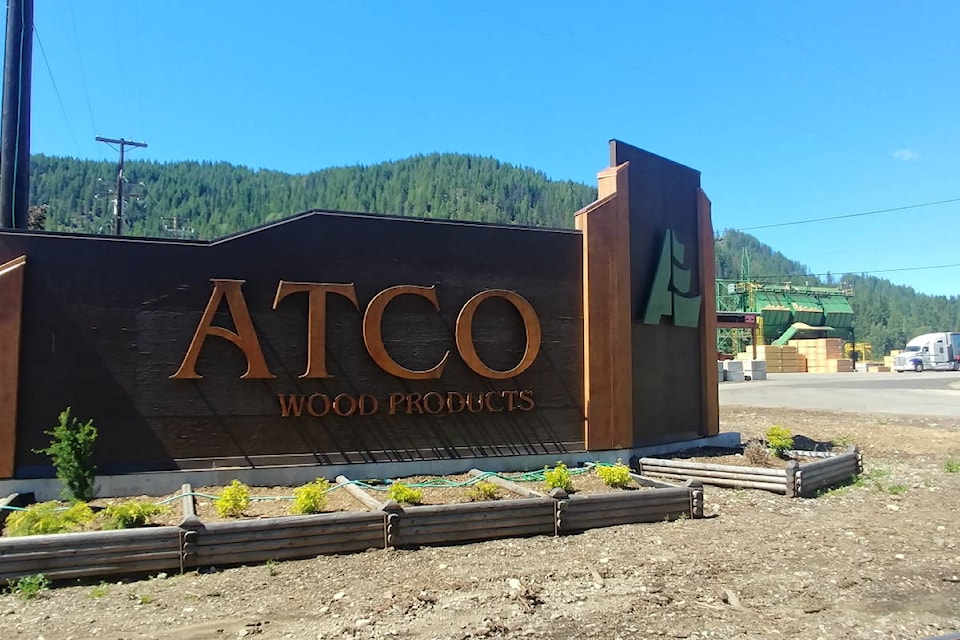ATCO Wood Products (AWP) was in on the conversation as government made changes to the Timber Harvesting Contract and Subcontract Regulation.
The B.C. government announced the modernization of the forest sector by changing regulations to help forest-sector contractors last month.
The amendments are intended to create more transparency in contract negotiations between contractors such as log harvesters, log haulers and road builders, and forest tenure holders such as AWP.
New regulations also improve and update the dispute settlement process.
The province collaborated with contractors and tenure-holders, including AWP, throughout the review.
“These changes have been in development by the provincial government for several years, and we appreciated the opportunity to be part of the engagement process in the development of these regulations,” said Scott Weatherford, AWP’s chief executive officer.
“We don’t anticipate significant changes for how AWP and our forestry contractors work together, as our agreements and relationships have generally been in line with the new regulations for many years,” Weatherford told the Trail Times.
“The regulations do provide updated guidance for how the relationship between timber license holders and harvesting contractors should work in the province.”
Almost half of forestry contractors were identified as losing money or insolvent during the initial phase of the review, according to the B.C. government.
Former B.C. premier, Dan Miller, recommended amending the decades-old regulation and helped facilitate the last phase of the review.
As replaceable contracts are required by some tree farm licences and forest licences, the new regulations require licence holders to continue their agreements with contractors who are fulfilling their obligations.
“They also add clarifications and tools for the licensee/contractor relationships, and will help further strengthen the long-term (multi generational) relationships between AWP and our forestry contractors,” said Weatherford.
The Fruitvale-based company is coming out of a turbulent year with uncertainty at the start of the pandemic, followed by a growing demand for wood and softwood products.
The lumber industry saw a massive spike in demand, with lumber prices rising more 230 per cent from June 2020 to May 2021.
However, there has been a correction of late with lumber prices falling 26 per cent in the past four weeks, says Weatherford.
The softwood veneer AWP produces did enjoy a market increase, along with plywood and engineered wood products, yet, it was nowhere near the dizzying heights of the lumber industry.
“Prior to the pandemic, strengthening demand for wood products amongst an ever constrained supply of timber in western North America were already leading to escalating wood products prices,” said Weatherford.
The economic upheaval caused by the pandemic created a unique dynamic on top of the underlying supply-demand imbalance that saw wood products prices escalate rapidly.
Increased demand for housing and building, low interest rates, and massive liquidity infusions from the U.S. and Canadian federal governments all contributed, Weatherford said.
“Simply put, in 2020, demand for wood products increased substantially with essentially no ability for the forest industry to increase supply. The lumber prices of this past spring were unsustainable, and the correction we’re seeing now is not surprising.”
Weatherford expects more volatility in prices as the markets navigate the new normal into 2022.
“It’s likely that the long-term prices will remain significantly elevated from historic levels as increased supply of wood products in western North America remains constrained. (This is) due to timber harvesting constraints from fires, pests and the removal of forest lands from available harvest area,” he said.
“And demand for building appears to be remaining very strong, even with the pandemic nearing its end.”
